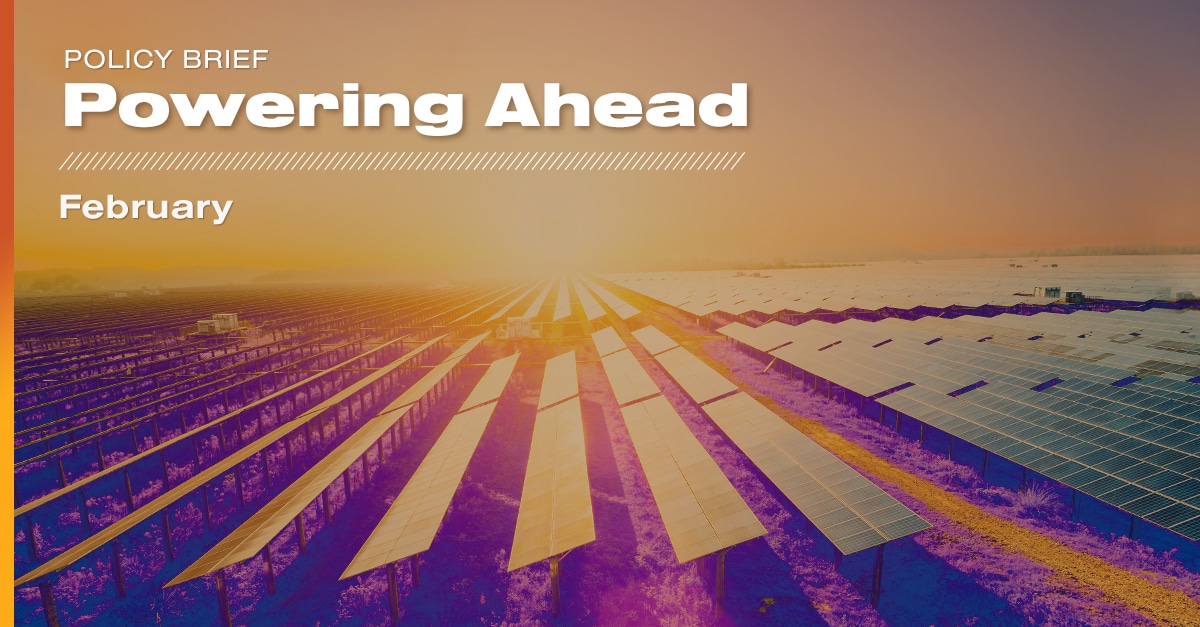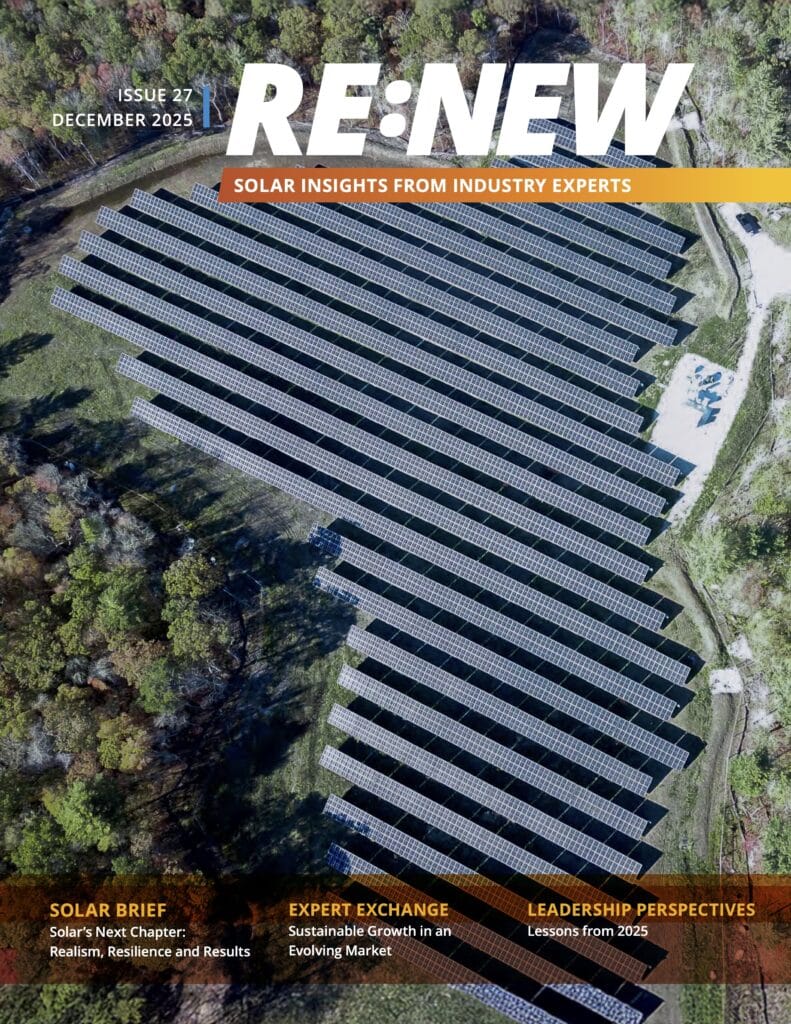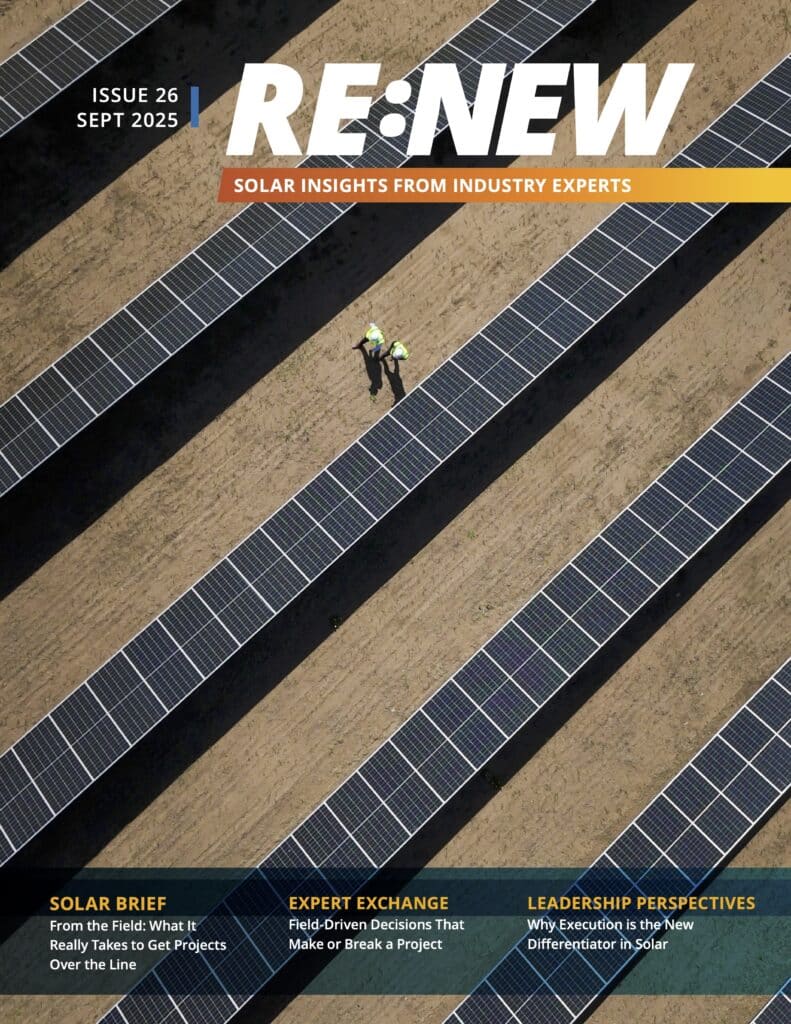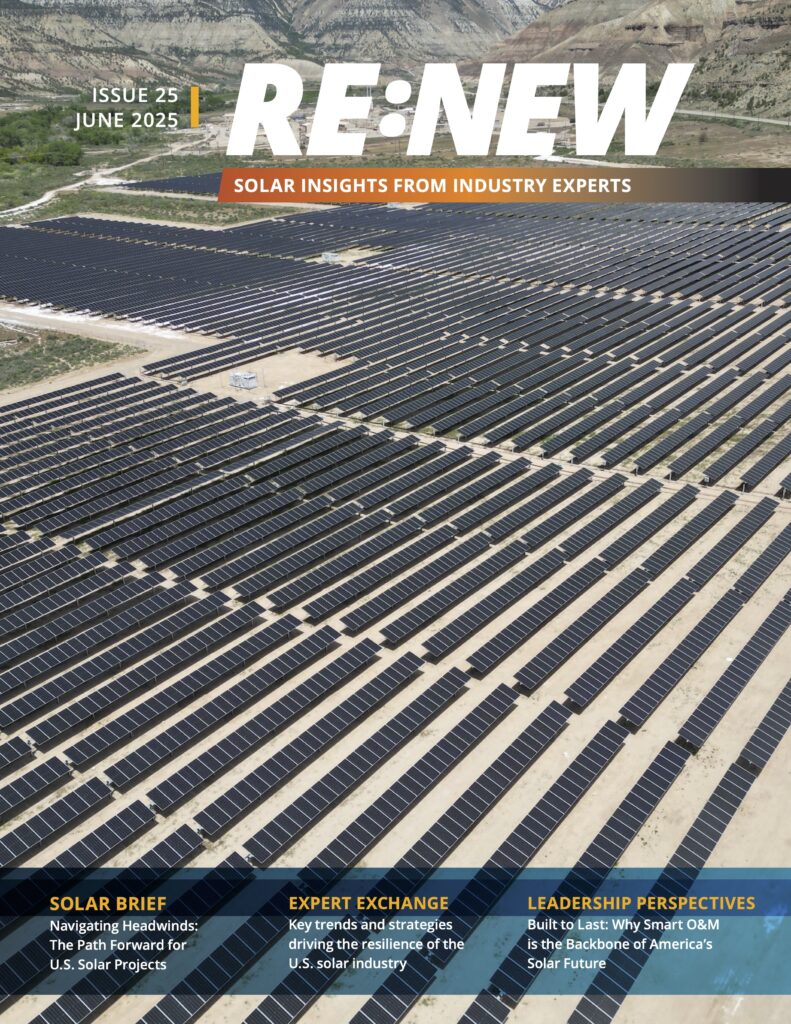In 2023, the solar industry experienced remarkable growth, expanding by an impressive 55%, as reported by the Solar Energy Industries Association (SEIA). This robust performance was attributed to a comprehensive policy framework at both federal and state levels, encouraging substantial investments across each sector.
While the Inflation Reduction Act (IRA) played a pivotal role at the federal level, shaping the industry’s trajectory, state-level policy decisions also significantly influenced the solar landscape. Despite the industry’s success in the past year, SEIA cautions that growth rates are likely to decelerate in 2024, estimating a more modest 10% growth for the year. The challenges arise from political, supply chain and interconnection headwinds confronting the industry, underscoring the critical importance of staying informed about solar policy developments.
To help keep the community up-to-speed on these issues and developments, we are excited to launch a monthly policy update to spotlight critical issues across the industry. Join us here every month as we delve into regulatory and legislative updates throughout 2024:
Federal Updates
The enactment of the IRA marked a significant turning point for solar energy in the United States, ushering in a new era of possibilities. With a bill of such magnitude, the implementation of it bears significant importance. Respective federal agencies remain diligent in their efforts to issue comprehensive rules and guidance concerning various incentives. In 2024, we expect to receive final rules determining what will constitute domestic content and a significant focus on the tech neutral guidance. Additionally, we look forward to the next round of capacity for the Low Income Communities bonus program, which is set to open in Q2.
Set to be announced in March, we are patiently awaiting the Environmental Protection Agency’s (EPA) $7 Billion awards for the Solar for All program. This funding will catalyze programs across the United States, providing greater access to clean energy.
Additionally, the Securities and Exchange Commission (SEC) will soon mandate public companies to disclose information on climate risks, with a focus on transitional and physical risks. A final rule is expected in April, though subsequent changes may occur through litigation.
Northeast Update
Among ongoing regulatory challenges, interconnection delays, and more, the Maine legislature successfully reformed its Net Energy Billing program last year through the enactment of LD 1986. In 2024, the focus will be on implementing last year’s legislation and expanding access to solar and storage across the state.
Maine, whose legislature remains in session until April 17, is focused on a host of energy bills aiming to expand transmission infrastructure, expedite siting and permitting and more. The PUC remains steadfast in working to implement LD 1986 by providing alternatives to projects that chose to opt out of the NEB program. On the battery storage side, efforts are ongoing to increase the state energy storage goals, including aggressive goals for 2025 and 2030 (300 megawatts (MW) of storage and 400 MW, respectively).
South of Maine, the Massachusetts legislature is in its second year of its biennial legislative session. If history is any guide for the future, our industry can expect to see an omnibus energy package introduced this spring. On the regulatory front, the Department of Energy Resources (DOER) is currently reviewing the Solar Massachusetts Renewable Target (SMART) program and should be unveiling its findings in the coming months.
Mid-Atlantic Update
We’re focusing on four states as we turn our attention to the Mid-Atlantic region of the country.
The Maryland legislature convened in early January and is in full sprint until April 8th. Given the short session, bills will progress or die quickly. Our industry remains focused on advancing solar siting and permitting, an SREC multiplier bill and a Certificate of Public Convenience and Necessity (CPCN) reform bill. On the regulatory front, The Public Service Commission (PSC) continues to make significant strides in the implementation of the permanent community solar program and the battery storage program pursuant to HB 908 and HB 910 passed last year.
New Jersey’s year-long legislative session will be encompassed by a variety of energy related bills, including interconnection reform, battery storage incentives and a potential Renewable Portfolio Standard (RPS) reform. In the coming months, we expect to see the BPU issue final rules on its dual-use program, focusing on agrivoltaics. The pilot program will have limited capacity to begin with but will grow in size in future years.
Following a series of vacancies that have affected the Pennsylvania state legislature, both chambers are poised to resume their sessions in Harrisburg as they enter the second year of their biennial term. A noteworthy hearing occurred in the House Consumer Protection, Technology, and Utilities Committee on Valentine’s Day, instilling a renewed sense of optimism for the possibility of passing a community solar bill this year. While it is still premature to confidently predict the outcome, the encouraging momentum thus far merits attention going forward.
Last but certainly not least, in the mid-Atlantic, both chambers of the Virginia legislature are tirelessly working in one of the shorter legislative sessions. Our focus remains on four bills aiming to expand the existing Shared Solar program in Dominion’s utility service territory and create a program specific to American Electric Power.
Central/Midwest Update
This week marked a significant milestone as the Illinois Commerce Commission issued the final order for the Long Term Renewable Resources Procurement Plan. Optimism resonates at the legislature, where the anticipation of passing a comprehensive omnibus energy package this session is palpable.
Shifting our focus to Ohio, a pivotal moment unfolded with the fourth hearing on the community solar program bill (HB 197). However, the landscape is not without challenges, as opposition from various parties remains a focal point, particularly concerning concerns over cost shifting.
In Wisconsin, the General Assembly hosted a crucial hearing on February 14th, securing a noteworthy victory for the industry. Yet, the race against time intensifies, with both chambers slated for imminent adjournment. And in Iowa, the legislature introduced its community bill just last week.
Our friends at MNSEIA reported, in a stunning 5-0 decision, the Minnesota PUC approved a unilateral and retroactive shift from the Applicable Retail Rate (ARR) to the Value of Solar (VOS) rate for active community solar gardens despite the vast majority of the public opposing the proposal due to the impact the change will have on subscribers and the broader renewable energy industry in the state. Aside from the poor news at the Commission, the Department of Commerce launched the new Low and Moderate-income Accessible Community Solar Garden program (LMI-Accessible CSG Program) on February 1st.
Western Update
In California, we continue to reset our stopwatch on the issuance of the proposed decision (PD) that will dictate the rules of the state community solar program. We are hopeful the California Public Utilities Commission will release the PD in March.
Unfortunate news broke in late January in Washington after a harmful substitute bill was put forward to eliminate any opportunity for customer or third-party ownership of community solar. To avoid this from being placed on the record, its respective committee deferred action on the bill meaning the bill did not receive a vote and is dead.
More Recent Blog Posts
Delivering on Our Promise: 2025 in Review
December 11, 2025
Scott Wiater · 3 min read
How Student Health Unlocks School Energy Projects
December 3, 2025
Standard Solar · 4 min read
The Remarkable Growth of Community Solar in the District of Columbia
October 22, 2025
Standard Solar · 2 min read
Navigating a Solar Market in Transition: Takeaways from RE+ 2025
September 26, 2025
Megan Byrn · 3 min read
Most Popular Blog Posts
Illinois’s energy industry is poised to become much greener and cleaner
Harry Benson · 4 min read
Closing The Book On 2020—And Eagerly Anticipating 2021
Scott Wiater · 4 min read
Farmland Can Be A Lucrative Solar Resource
Travis Tate · 4 min read
2022: A Year of Opportunity and Challenge for Solar
Scott Wiater · 4 min read





Share